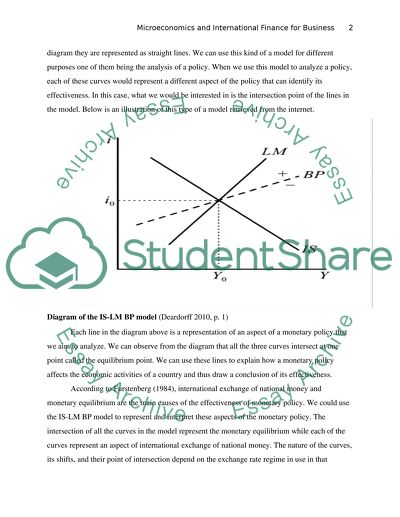Cite this document
(“Influence of Exchange Rate regime on Effectiveness of Monetary Policy Essay”, n.d.)
Influence of Exchange Rate regime on Effectiveness of Monetary Policy Essay. Retrieved from https://studentshare.org/macro-microeconomics/1455393-using-the-is-lm-bp-model-discuss-how-the
Influence of Exchange Rate regime on Effectiveness of Monetary Policy Essay. Retrieved from https://studentshare.org/macro-microeconomics/1455393-using-the-is-lm-bp-model-discuss-how-the
(Influence of Exchange Rate Regime on Effectiveness of Monetary Policy Essay)
Influence of Exchange Rate Regime on Effectiveness of Monetary Policy Essay. https://studentshare.org/macro-microeconomics/1455393-using-the-is-lm-bp-model-discuss-how-the.
Influence of Exchange Rate Regime on Effectiveness of Monetary Policy Essay. https://studentshare.org/macro-microeconomics/1455393-using-the-is-lm-bp-model-discuss-how-the.
“Influence of Exchange Rate Regime on Effectiveness of Monetary Policy Essay”, n.d. https://studentshare.org/macro-microeconomics/1455393-using-the-is-lm-bp-model-discuss-how-the.


